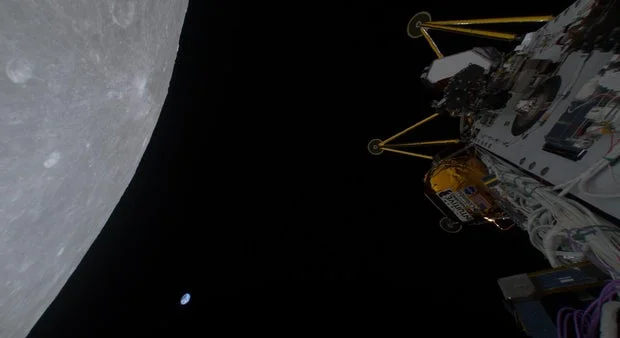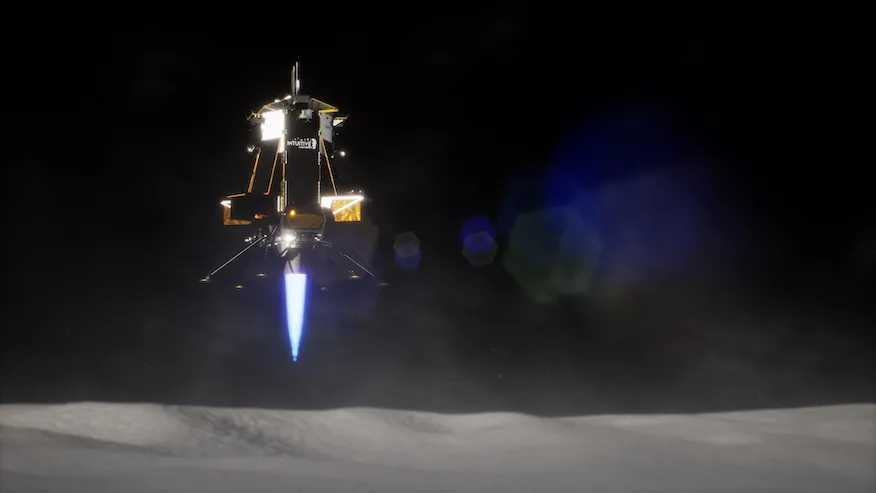
Intuitive Machines Pinpoints原因s of IM-2 Lunar Landing Failure: Lessons Learned for Future Missions
Intuitive Machines, the Houston-based company spearheading commercial lunar exploration, has identified key factors that led to its IM-2 lunar lander falling on its side during its landing attempt in March. This setback, while disappointing, is providing invaluable lessons for future missions, ensuring more robust and reliable lunar touchdowns. The company revealed the details during a May 14 earnings call, shedding light on the challenges and solutions being implemented.
Steve Altemus, chief executive of Intuitive Machines, explained that the "landing anomaly" on the IM-2 mission stemmed from a combination of factors:
- Laser Altimeter Issues: The lander experienced "signal noise and distortion" from its laser altimeters during the final descent, preventing accurate altitude readings.
- Challenging Lighting Conditions: Low sun angles at the lunar south pole created long shadows, complicating the landing system's precision.
- Crater Recognition Difficulties: Craters appeared differently at lower altitudes under the polar lighting, confusing the lander's optical navigation system.

To address these issues, Intuitive Machines is incorporating several improvements into its next lander mission, IM-3, scheduled for next year:
- Redundant Altimeters: The lander will feature dissimilar and redundant altimeters that undergo more rigorous testing.
- Lighting-Independent Sensor: A new sensor will measure surface velocity independent of lighting conditions.
- Enhanced Crater Database: An expanded crater database will improve optical navigation accuracy.
These changes, Altemus emphasized, are not expected to delay the IM-3 mission significantly. He also mentioned that the company is in negotiations with NASA and other customers regarding success payments for the IM-2 mission, as some payloads were able to perform limited tests on the lunar surface.
Beyond lunar landers, Intuitive Machines is diversifying its portfolio to include orbital transfer vehicles and other space-related projects. They recently secured a $10 million grant from the Texas Space Commission to develop a lifting body reentry vehicle for microgravity research.

Despite potential changes to NASA's Artemis program, Intuitive Machines anticipates minimal near-term impact on its Commercial Lunar Payload Services (CLPS) contracts and the Lunar Terrain Vehicle (LTV) Services program. Altemus highlighted the potential for heavy cargo delivery to the lunar surface, along with commercial communications and navigation networks, as new opportunities arising from the Artemis reformulation.
Intuitive Machines reported a revenue of $62.5 million in the first quarter of 2025, a 14% increase from the previous quarter. The company is on track for positive adjusted EBITDA by the end of the year.
The IM-2 mission's challenges have provided critical insights, driving significant improvements for future lunar landings. With these enhancements and a diversified approach, Intuitive Machines aims to play a crucial role in the burgeoning space economy. What are your thoughts on the future of commercial lunar missions? Share your opinions in the comments below!